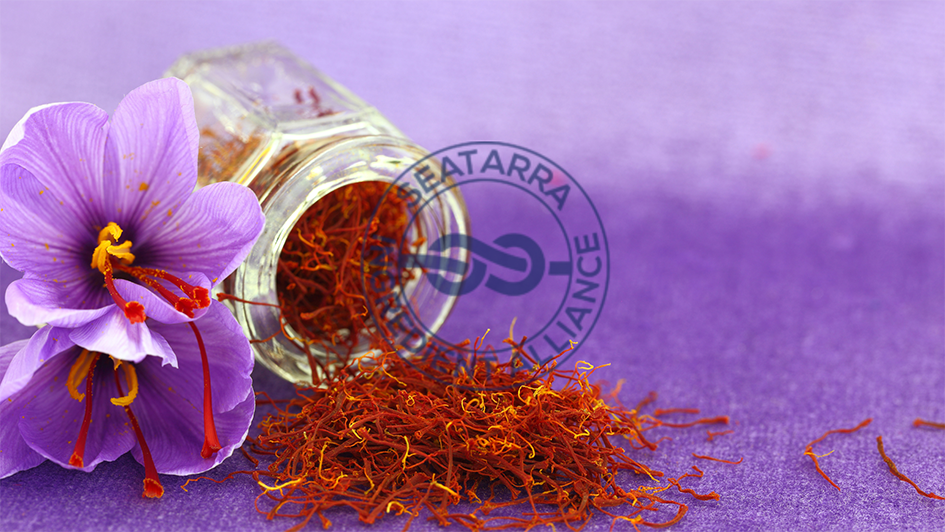
Leafy Legends: The Historical Significance of Herbal Plants
Throughout history, herbal plants have held a crucial role in various cultures worldwide, not only as remedies for illness but also as symbols in spiritual rituals, culinary traditions, and even political movements. These leafy legends have shaped medical practices, influenced cultural traditions, and continue to impact modern life. Let’s explore the deep historical roots and significance of these botanical wonders.
1. Aloe Vera: The Plant of Immortality
Aloe vera was dubbed the “plant of immortality” by the ancient Egyptians, who used it to heal wounds and for embalming. The plant was so valued that it was considered a gift worthy of the pharaohs and was a staple in the medicinal arsenal of both Egyptian and later Greek and Roman healers. Today, aloe vera is still widely used for its soothing, healing, and moisturizing properties, especially in skincare.
2. Lavender: The Herb of Cleansing and Calm
Lavender has been used since antiquity for its aromatic properties and its ability to cleanse the body and spirit. The Romans used lavender to scent their baths, beds, clothes, and even hair. Its name derives from the Latin word lavare, meaning “to wash.” In the Middle Ages, lavender was thought to ward off evil spirits. Nowadays, its calming properties are harnessed in aromatherapy to reduce stress and anxiety.
3. Mint: The Herb of Hospitality
Mint has its origins in Greek mythology, where it was transformed from a nymph named Minthe into a sweet-smelling herb by the goddess Persephone, who was jealous of her husband Hades’ affection for Minthe. Mint was strewn across floors in ancient times to release its pleasant scent when stepped upon. Today, mint is not only appreciated for its fragrance and flavor in cooking but also for its digestive and soothing medicinal properties.
4. Basil: The Royal and Sacred Herb
In India, basil (specifically holy basil or tulsi) is considered sacred and is associated with the goddess Lakshmi. It is grown in many Hindu homes and is used in daily prayers. In ancient Rome and Greece, basil was a symbol of mourning and also represented royalty. Today, basil’s anti-inflammatory and antioxidant properties are valued, and it continues to be a staple in culinary traditions around the world, especially in Italian cuisine.
5. Ginseng: The Root of Life
Ginseng has been a cornerstone of traditional Chinese medicine for over 5,000 years, revered for its purported ability to prolong life, enhance physical strength, and prevent aging and illness. Its name, derived from the Chinese word renshen, means “man-root,” due to the root’s resemblance to the human form. Ginseng continues to be a popular supplement today, believed to boost energy, lower blood sugar and cholesterol levels, reduce stress, promote relaxation, and manage sexual dysfunction in men.
6. Chamomile: The Plant of Peace
The ancient Egyptians, Romans, and Greeks used chamomile for its calming effects, often in teas and ointments to treat ailments ranging from sleep disturbances to skin conditions. It was also considered a sacred gift from the sun god, Ra, by the Egyptians because of its healing properties. Today, chamomile tea remains a popular natural remedy to promote relaxation and sleep.
7. Echinacea: The Immunity Booster
Native to North America, echinacea was used by the Great Plains indigenous tribes as a remedy for more than 400 medical conditions, especially to treat wounds, infections, and toothaches. It was also used to enhance immunity and lengthen the life span. Today, echinacea is widely used to prevent colds and flu, as well as to stimulate the immune system in many herbal medicines.
8. Saffron: The Spice of Wealth and Healing
Highly prized in ancient cultures for its color, flavor, and medicinal properties, saffron was used by ancient Egyptians, Romans, and Greeks in rituals, as a dye, in perfumes, and as a drug. Cleopatra used saffron in her baths for its cosmetic properties. Today, saffron is one of the world’s most expensive spices and is used to treat everything from depression to menstrual discomfort.
Integrating Historical Herbs into Modern Life
While these herbs were once the domain of apothecaries and mystics, modern technology has made them accessible to a wide audience. Here’s how you can integrate these historic herbs into your daily routine:
- Aloe Vera: Use in skincare products or apply fresh gel to soothe minor burns and wounds.
- Lavender: Incorporate essential oils in diffusers to enhance relaxation.
- Mint: Add fresh leaves to teas or dishes for digestive benefits.
- Basil: Use in cooking to enrich flavor and benefit from its anti-inflammatory effects.
- Ginseng: Take as a supplement to support overall health and vitality.
- Chamomile: Drink tea to calm nerves and help with sleep.
- Echinacea: Use supplements during cold and flu season to boost the immune system.
- Saffron: Include in dishes like risotto or paella for both flavor and health benefits.
Conclusion
The history of herbal plants is as rich and varied as the cultures that have cherished them. These plants have transcended their traditional uses, finding a place in our kitchens, medicine cabinets, and daily routines, continuing to impact our lives in profound ways. By integrating these ancient herbs into modern practices, we honor our ancestors’ wisdom while benefiting from nature’s enduring power to heal and nurture.



